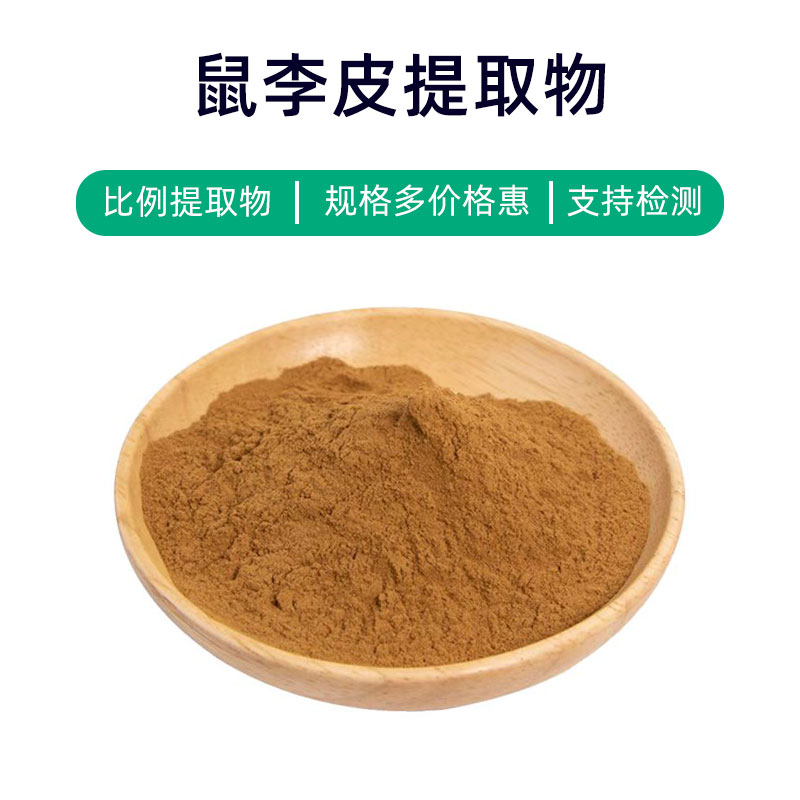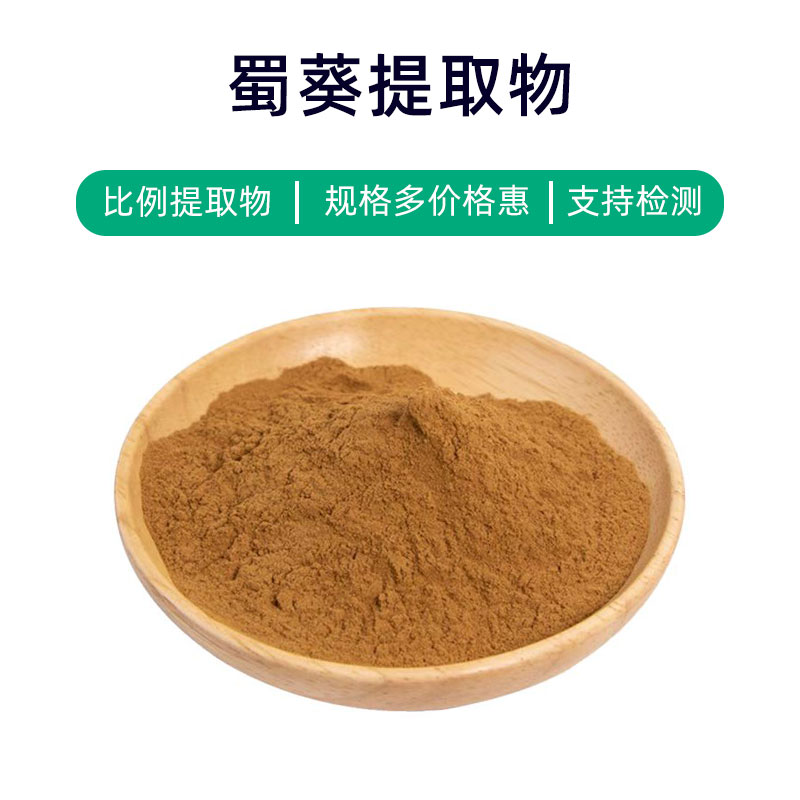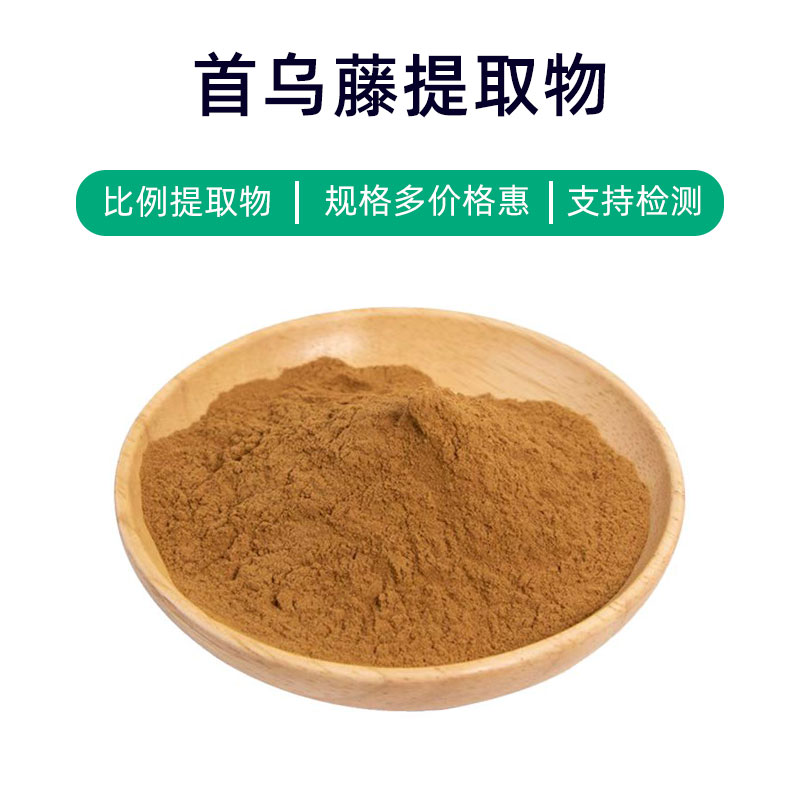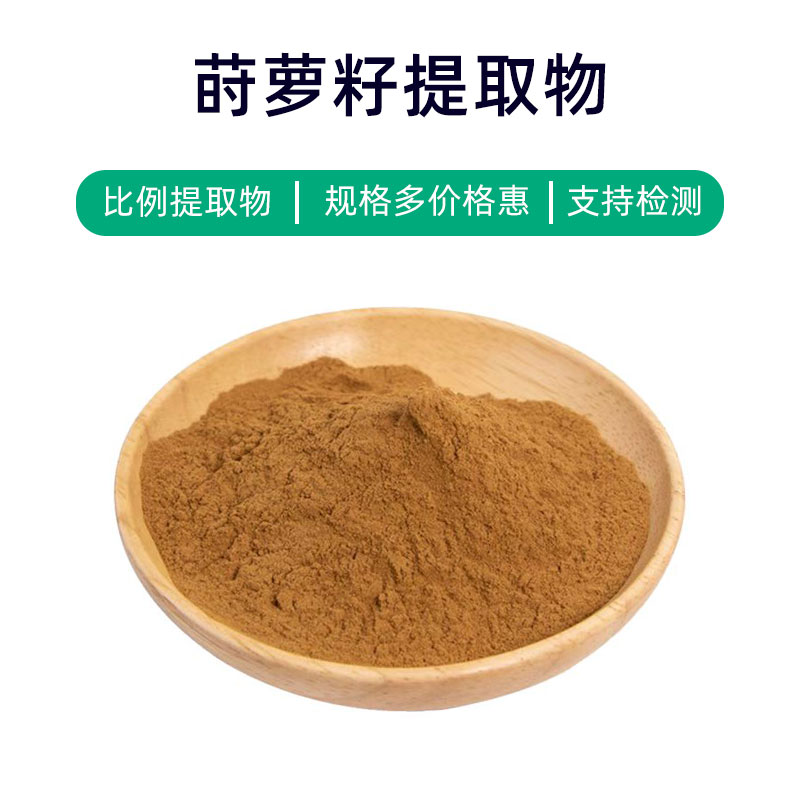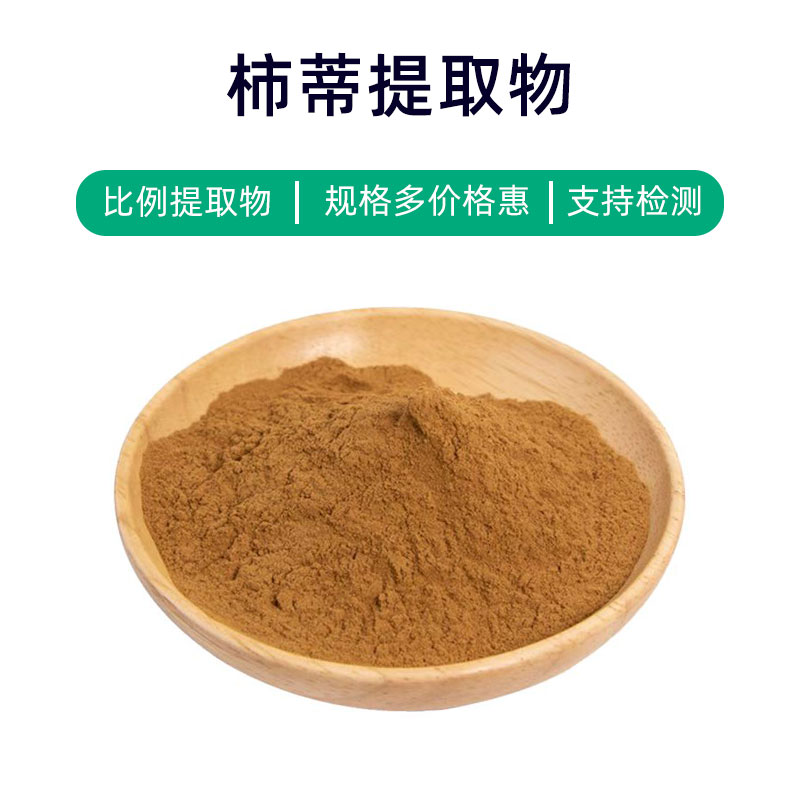Introduction to Morus Alba Extract
Morus alba extract is a natural plant extract obtained from the roots, leaves, and fruits of the Morus alba plant. Its main components include polyphenols, flavonoids, and Vitamin C. These components give Morus alba extract a variety of effects and applications.
Firstly, Morus alba extract is rich in polyphenols and flavonoids, which provide significant antioxidant properties, neutralizing free radicals, delaying skin aging, and making the skin firmer and smoother. Its high Vitamin C content contributes to skin whitening, reducing melanin deposition, and brightening skin tone.
Secondly, Morus alba extract also has anti-inflammatory and antibacterial properties that help reduce skin inflammation, alleviate allergies and redness, making the skin feel fresh and comfortable. Moreover, it has strong moisturizing capabilities, effectively locking in moisture and keeping the skin hydrated and soft.
In the fields of medicine, dietary supplements, and cosmetics, Morus alba extract is widely used in formulations for skincare products, masks, lotions, and serums for anti-aging, whitening, and moisturizing effects. It is also commonly researched for developing treatments for skin inflammation and allergies. Overall, Morus alba extract holds significant potential for application in beauty and health.
Production Process of Morus Alba Extract
The production process for Morus alba extract typically includes several main steps:
- Raw Material Collection and Preparation: Fresh Morus alba plants are collected, cleaned, and processed to remove impurities, ensuring the quality and purity of the raw materials.
- Extraction Method Selection: Extraction methods usually involve water extraction, ethanol extraction, or supercritical fluid extraction. When choosing a method, it's essential to consider the components' characteristics, solubility, efficiency, and cost.
- Extraction Process: The treated Morus alba raw materials are mixed with an appropriate amount of extraction solvent (such as water or ethanol), followed by the extraction process. During extraction, the temperature, pressure, and time must be controlled to ensure efficient extraction of the target compounds.
- Concentration and Purification: The obtained extract is concentrated, typically using evaporation concentration or solvent recovery methods to remove the solvent and yield a concentrated extract. This can then be further purified using techniques such as column chromatography or gel filtration.
- Drying and Milling: The liquid extract is dried to convert it into a powder or granulated form. Drying methods usually involve spray drying or vacuum drying. After drying, the product is milled or granulated to obtain the final extract.
- Quality Control: Strict quality control is performed throughout production, including the inspection and analysis of raw materials, intermediate products, and final products to ensure compliance with relevant quality standards and regulations.
- Packaging and Storage: Finally, the extract product is packaged, usually in sealed containers to protect against moisture and dust, and stored in a dry, cool, light-proof environment to maintain quality and stability.
Effects and Side Effects of Morus Alba Extract
As a natural herbal extract, Morus alba extract has multiple benefits and effects, mainly including:
- Antioxidant Effects: Morus alba extract is rich in natural antioxidants like flavonoids and phenolics that can eliminate free radicals, protect cells from oxidative damage, delay aging, and enhance the body's antioxidant capacity.
- Anti-Inflammatory Effects: The active compounds in Morus alba extract possess anti-inflammatory properties that can inhibit the release of inflammatory factors, alleviate inflammatory responses, and provide supportive treatment for conditions like arthritis and skin inflammation.
- Cardiovascular Protection: The flavonoids in Morus alba extract can help dilate blood vessels, lower blood pressure, and regulate lipids, supporting overall cardiovascular health and preventing diseases.
- Antibacterial and Antiviral Effects: Some components of Morus alba extract have antibacterial and antiviral activities, inhibiting the growth and reproduction of bacteria and viruses, providing a degree of protection against infections.
- Digestive Support: Morus alba extract protects the digestive system, promotes gastrointestinal motility, and enhances the mucosal barrier function, helping to improve issues like indigestion and gastritis.
- Sleep Improvement: Some studies suggest that Morus alba extract has a calming effect, aiding in the relief of anxiety and insomnia.
- Antitumor Effects: Certain active components in Morus alba extract are believed to possess antitumor properties, inhibiting the growth and spread of tumor cells.
Despite the various benefits and effects of Morus alba extract, attention should be paid to individual differences and dosage control. Overuse or prolonged high doses may lead to adverse reactions or side effects. Consultation with a physician or pharmacist is advisable before use, especially for pregnant women, nursing mothers, or children.
Applications and Dosage of Morus Alba Extract
Morus alba extract, as a natural herbal extract, has wide applications in medicine, food, and cosmetics. The following highlights its application scenarios, methods of use, and dosages in these fields:
- Medical Applications:
- Oral Use: Morus alba extract can be made into oral liquids, capsules, etc., for regulating blood lipids, lowering blood pressure, and improving cardiovascular function, with a typical dosage of 5-10 grams taken 2-3 times daily.
- Topical Use: It can also be formulated into topical creams or ointments to treat skin inflammation, eczema, etc.; dosage varies based on product specifications, usually applied 1-3 times daily to affected areas.
- Food Applications:
- Flavoring: Morus alba extract can be added to seasonings to enhance food aroma and flavor, with typical usage of 0.1%-0.5% of the food weight.
- Beverages: It can be used in tea or juice products to enhance flavor and nutrition, with a typical usage of 5-10 grams per serving.
- Cosmetic Applications:
- Skincare Products: Morus alba extract is commonly used in skincare formulations for its antioxidant, anti-inflammatory, and soothing effects, typically at a concentration of 0.5%-5% of the total product weight.
- Personal Care Products: It can also be used in shampoos, body washes, etc., for cleansing and moisturizing hair and skin, with a typical concentration of 0.1%-1%.
Overall, Morus alba extract is primarily used in oral forms in medicine for regulating blood lipids and blood pressure; in food as a flavoring agent or beverage ingredient; and in cosmetics predominantly in skincare and personal care products. It should be used according to product instructions or physician recommendations to avoid overuse or prolonged continuous use.
Source Plant Overview of Morus Alba, Distribution, and Growth Environment
Morus alba (commonly known as mulberry) is a common subtropical fruit tree belonging to the Moraceae family and is one of China's unique plants, also known as yangmei. This section provides detailed information on the source plant, its distribution, and growth environment:
- Source Plant:
- Morus alba is an evergreen tree that can grow up to about 10 meters high, with gray or gray-brown bark, a dense crown, and oval or lance-shaped leaves that are glossy with finely serrated edges.
- The inflorescences are conical, with small, dense flowers, and it has dioecious trees. The fruit is a spherical or oval berry, glossy red when ripe, juicy, sweet, and rich in nutrients.
- Distribution:
- Morus alba is native to southern China, mainly distributed in provinces such as Fujian, Guangdong, Guangxi, Zhejiang, and Jiangxi, with concentrations in Fujian and Guangdong.
- In southern China's subtropical and tropical regions, Morus alba trees grow well and are commonly found in mountain areas, valleys, riverbanks, and hilly regions.
- Growth Environment:
- Morus alba prefers a warm and humid climate, with an optimal growth temperature of 15°C to 25°C, and it does not tolerate cold well in winter, being sensitive to frost, thus it primarily grows in mild, humid climates.
- The tree does not have strict soil requirements but thrives in loose, fertile, well-drained acidic soils, favoring a pH range of 5.5 to 6.5.
Under the above growing conditions, Morus alba trees can grow robustly and produce abundant fruits, providing a rich food resource for local populations. Additionally, due to the fruit's rich nutritional content and medicinal value, it has significant application value in the pharmaceutical and health food sectors.
Processing and Storage of Morus Alba Extract
The processing of Morus alba extract includes several steps, such as fruit harvesting, cleaning, drying, crushing, and extraction. First, fresh Morus alba fruits must be cleaned to remove impurities and surface dirt, then air-dried or low-temperature dried to reduce moisture content. Next, the dried fruits are crushed or ground to obtain a powder. Finally, through suitable extraction methods like water extraction or alcohol extraction, the active components from the crushed fruits are extracted to produce Morus alba extract.
In terms of storage, Morus alba extract should be kept in a dry, cool, ventilated place, shielding it from direct sunlight and high temperatures. It's important to protect it from moisture to prevent mold growth. Ideally, the extract should be stored in sealed containers and securely closed to prolong its shelf life. Under appropriate storage conditions, Morus alba extract can maintain stability and activity for an extended period.
Monica Sun is a seasoned expert in the plant extraction industry with over a decade of experience in research and production. She specializes in the extraction and purification of plant active ingredients, focusing on driving innovation in natural product applications. Monica has participated in the development of multiple functional plant extracts, delivering high-value natural raw material solutions for the health food, pharmaceutical, and dietary supplement sectors.









